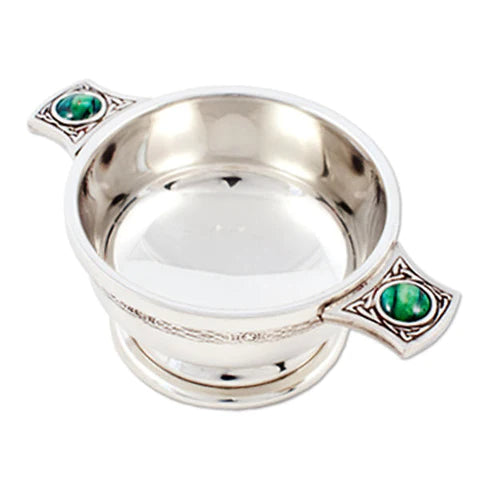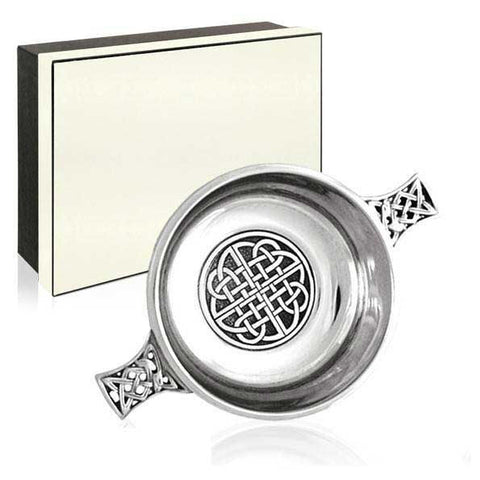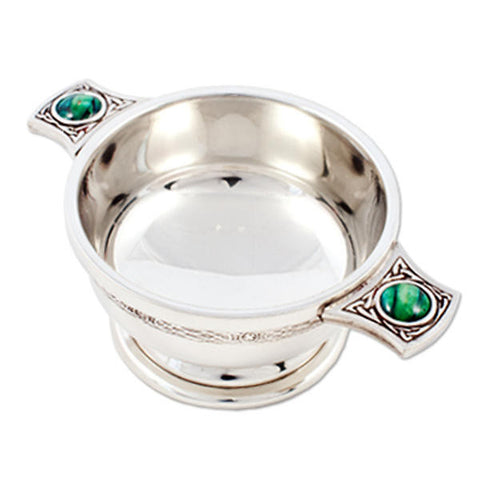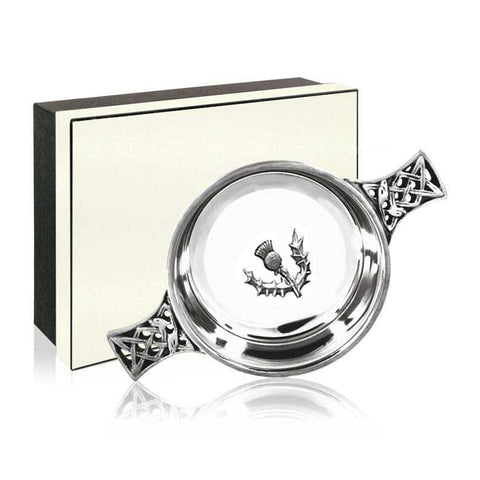
QUAICHS
The History of Quaichs
Originating in the Scottish Highlands, quaichs were traditional drinking vessels for whiskey, brandy and ales, with the word 'quaich' itself deriving from the Scots Gaelic word 'cuach', meaning 'cup'. Often mispronounced, the correct pronunciation is like 'quake' but with a 'ch' sound the same as the Scottish pronunciation of 'loch'.
Although there are mentions of quaich-making as a profession dating as far back as the mid sixteen hundreds, the length of their use in Scotland remains unclear as they did not appear in major cities such as Edinburgh and Glasgow until the 16th and 17th centuries. Upon arriving in these cities, they rapidly became popular amongst the upper classes and even royalty, with King James VI giving a quaich to Anne of Denmark on the occasion of their wedding. In 1745, they began to appear in England as Bonnie Prince Charlie’s armies travelled to Derby, carrying with them quaichs. Sir Walter Scott, the famous Scottish novelist and playwright, was an avid collector, and would often dispense drams of whiskey to his guests in silver quaichs.
The craft of quaich making (particularly by silversmiths) was highly regarded, and quaichs soon became popular presents for the celebration of births, christenings, birthdays, weddings and new year or as a token of friendship or love. Over the centuries, the quaich lost much of it’s early practical use and increasingly became a ceremonial or symbolic gift and is often associated with the Gaelic toast 'slàinte mhath!' ('good heath!'). Today, the Centenary Quaich resides in the Scottish Parliament where it is used for special occasions and ceremonies.




